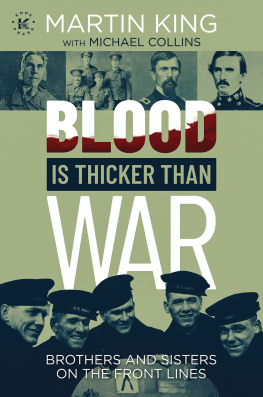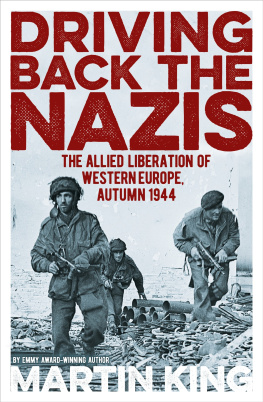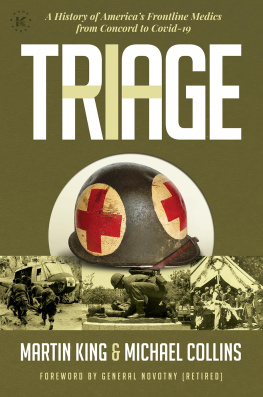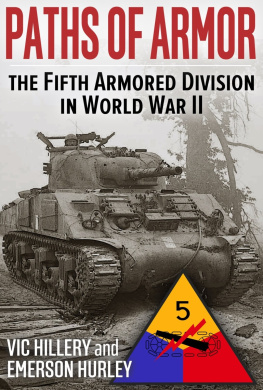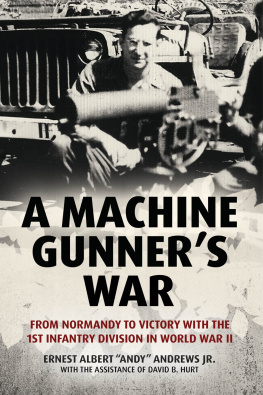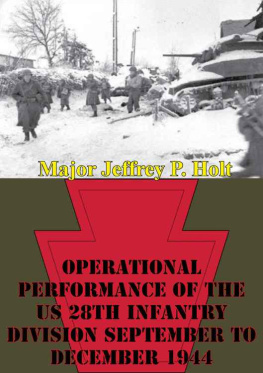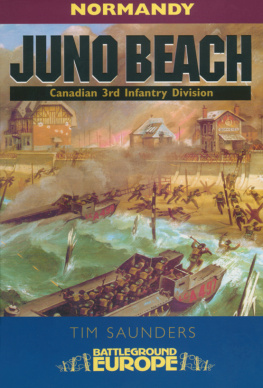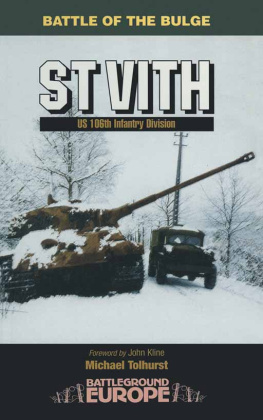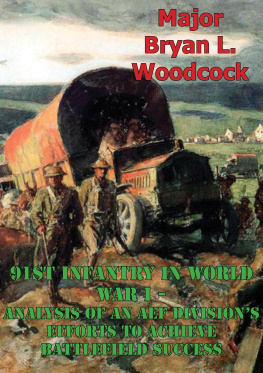Martin King - To War with the 4th: A Century of Frontline Combat with the U.S. 4th Infantry Division, from the Argonne to the Ardennes to Afghanistan
Here you can read online Martin King - To War with the 4th: A Century of Frontline Combat with the U.S. 4th Infantry Division, from the Argonne to the Ardennes to Afghanistan full text of the book (entire story) in english for free. Download pdf and epub, get meaning, cover and reviews about this ebook. year: 2016, publisher: Casemate, genre: History. Description of the work, (preface) as well as reviews are available. Best literature library LitArk.com created for fans of good reading and offers a wide selection of genres:
Romance novel
Science fiction
Adventure
Detective
Science
History
Home and family
Prose
Art
Politics
Computer
Non-fiction
Religion
Business
Children
Humor
Choose a favorite category and find really read worthwhile books. Enjoy immersion in the world of imagination, feel the emotions of the characters or learn something new for yourself, make an fascinating discovery.

- Book:To War with the 4th: A Century of Frontline Combat with the U.S. 4th Infantry Division, from the Argonne to the Ardennes to Afghanistan
- Author:
- Publisher:Casemate
- Genre:
- Year:2016
- Rating:3 / 5
- Favourites:Add to favourites
- Your mark:
To War with the 4th: A Century of Frontline Combat with the U.S. 4th Infantry Division, from the Argonne to the Ardennes to Afghanistan: summary, description and annotation
We offer to read an annotation, description, summary or preface (depends on what the author of the book "To War with the 4th: A Century of Frontline Combat with the U.S. 4th Infantry Division, from the Argonne to the Ardennes to Afghanistan" wrote himself). If you haven't found the necessary information about the book — write in the comments, we will try to find it.
The 4th Infantry Division has always been there in Americas modern wars. On 14 September 1918 the men of the Ivy Division stood up in their trenches and prepared to attack. It would be one of the first times that American troops would operate autonomously, aside from Anglo-Franco command. They would go over the top on uneven ground to be blown to pieces by German artillery and fall in their hundreds to the spitting of German machine guns, yet nevertheless win the day.
In World War II on D-Day they scrambled ashore across the sands of Utah beach and remained fighting in Europe until Hitler was dead and Germany had surrendered. From the Normandy campaign to the hell of the Hrtgen Forest and the Battle of the Bulge, no other American division suffered more casualties in the European theater than the 4th, and no other division accomplished as much.
In Vietnam they would execute precarious search and destroy missions in dense jungles against a determined and resourceful enemy. They experienced a series of major engagements that would entail 33 consecutive days of vicious, close-quarters combat in the battle of Dak To in 1967. For their actions in Indochina they would receive no less than 11 Medals of Honor.
They fought in Iraq to topple Saddam Hussein, and in May 2009, at the height of Operation Enduring Freedom, the 4th Infantry Brigade Combat Team deployed to Afghanistan for a 12-month combat mission. They operated in the birthplace of the Taliban along the Arghandab River Valley, west of Kandahar City, a place often ominously referred to as The Heart of Darkness. The 2nd Battalion 12th Infantry Regiment saw heavy combat throughout.
Through firsthand interviews with veterans, across the decades, and the expert analysis of the authors, the role of one of Americas mainstay divisions in its modern conflicts is in these pages illuminated.
Table of Contents
Foreword
Acknowledgments
Introduction
Preface
PART 1: THE GREAT WAR
1 The Ivy men are on the way
2 The Ivy men are here!
3 Baptism on the Aisne-Marne
4 Hell in St. Mihiel
5 The Meuse-Argonne Offensive: Part One
6 The Meuse-Argonne Offensive: Part Two
PART 2: WORLD WAR II
7 Well start the war from right here
8 Artillery flying all directions!
9 Breaking hard
10 No Boche in the building!
11 Maintaining contact
12 The Hrtgen Forest: Into the meat grinder
13 The cold shoulder of the Bulge
14 Seeing it through!
PART 3: THE VIETNAM WAR
15 Making End Term of Service
PART 4: GLOBAL WAR ON TERROR
16 Iraq: We Got Saddam!
17 Afghanistan
Epilogue
Bibliography
Martin King: author's other books
Who wrote To War with the 4th: A Century of Frontline Combat with the U.S. 4th Infantry Division, from the Argonne to the Ardennes to Afghanistan? Find out the surname, the name of the author of the book and a list of all author's works by series.

